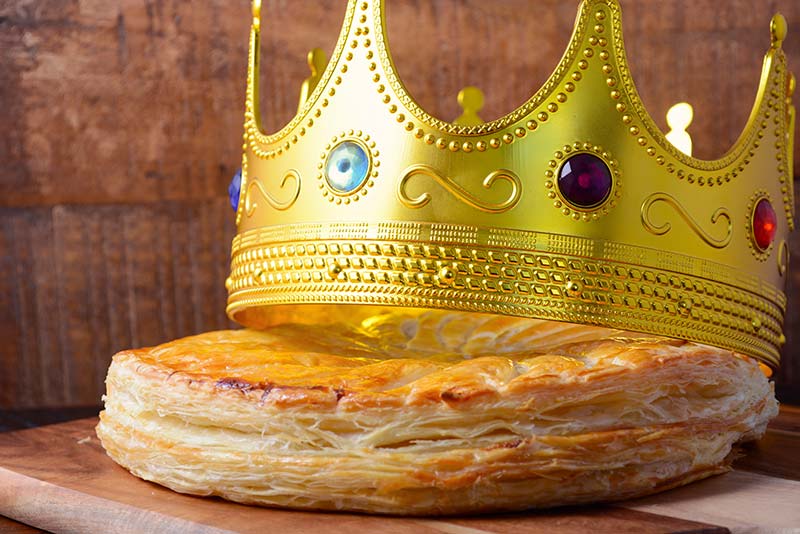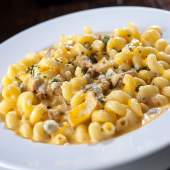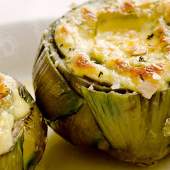Twelfth Night

After the annual long, long build-up, the holidays are finally over. As we drag our dried-out Christmas trees to the curb and regard our bathroom scales (and credit card statements) with mingled horror and regret, most of us in the frigid Midwest are facing, as English poet Christina Rossetti wrote, “the bleak midwinter.”
Not so fast…
On January 6 each year — 12 days after Christmas — it is traditional to put away our Christmas decorations and move on with our New Year’s resolutions. But there’s a lot more to the day, as Christians all over the world celebrate Twelfth Night, or the Feast of the Epiphany. The official end of the Christmas season, this holiday — familiarly called “Little Christmas” by many — commemorates the arrival of the Three Wise Men (the Magi, or the Three Kings) at the Bethlehem stable where Christ was born. It may not be as well known today, but back in the medieval and Tudor eras, Twelfth Night was even more significant than Christmas Day. The word “epiphany,” by the way, comes from the Greek word for “manifestation” — marking the first time Christ “manifested” himself to Gentiles.
In many European countries, Twelfth Night is marked by parades, lavish parties, gaming, masques, and other revelries. And as with almost all celebrations, food and drink are a vital part of the festivities. If you want to make your Christmas holiday last and delay your detox as long as possible, we are here to help! Following are a few traditional culinary mainstays for Twelfth Night around the world.
You may recall that we covered the popular tradition of Wassailing in our treatise on holiday beverages. It’s an even bigger deal on Twelfth Night, but serves a different purpose: you and your neighbors should carry your Wassail bowl of hot mulled cider to a nearby apple orchard, pour some of it around the roots of the biggest tree, place a piece of toast in the branches, fire a gun into the leaves of the tree, and sing the “Wassail Song.” This, according to ancient legend, will ensure that the farm enjoys a robust and successful harvest in the coming year. (In order to avoid alarming the neighborhood, you might want to give the apple farmer advance notice of your visit.) This is also a tradition in Scotland, but it is called First Footing, and occurs on New Year’s Day.
If there was ever a valid excuse to eat cake, it’s Twelfth Night. Its official cake is known as a King Cake (interestingly, a treat also associated with Mardi Gras), customarily a spiced fruitcake with a hidden pea and bean baked inside. Any man who finds the bean in his slice is named king for the evening, and the woman whose piece contains the pea is named queen. In the very early days, this fruitcake would be cut open to release a flock of live birds (undoubtedly where the nursery rhyme line “four and twenty blackbirds baked in a pie” originated).
Not a fan of fruitcake (live birds or not)? Head to France, where the holiday is instead celebrated with a fruit tart rich with chocolate and frangipane, or a decadent brioche, along with a dessert for each of the previous eleven days of the holiday (where do we sign up?). In one region, the first slice of cake is reserved for God and the second for the Virgin Mary; these are given away to the first poor citizens who ask for them.
Or you can travel to Mexico, where Twelfth Night is celebrated with tamales. In Spain, you will be served a roscón (“ring-shaped cake”) filled with chocolate or cream and topped with a paper crown to celebrate the occasion they call “Reyes,” which is marked by parades and fireworks as the Three Wise Men deliver presents to the children. Puerto Ricans might enjoy stuffed banana leaves and baked yams.
In Poland, the traditional Twelfth Night meal includes kutya (wheat berry and dried fruit soup), borsch, and varenyky dumplings. Also, the locals traditionally eat something called szczodraki, or “generosity pastries,” which are croissants that can be either savory or sweet depending on how they are filled (most common is sauerkraut and mushrooms). These often serve as an indicator of the previous year’s harvest…the szczodraki will be large and generously filled if the harvest was an abundant one, and small and relatively empty if the opposite was true.
Speaking of Twelfth Night Cake, a theatre in London’s West End has kept the tradition alive each year since 1796, when an actor of the day left a bequest in his will, since invested, to make sure future thespians were supplied with cake and a “potent” alcoholic punch (the recipe is a well-guarded secret) to celebrate the day. For more than 40 years, the cake has been themed to coincide with whatever production was playing at the time. In 2016, a chocolate fountain topped the cake, a tribute to the then-current occupant, the musical Charlie and the Chocolate Factory.
If you’re fortunate enough to live in Eastern Europe, you’ll be pleased to hear that the feast of the Epiphany is celebrated on January 19! So you can keep your holiday going for a few weeks more, but be forewarned: it is traditional, as water is considered sacred on that day, to take a swim in a frozen lake or river (not unlike Chicago’s invigorating “Polar Plunge”). A great excuse for hot chocolate afterward, if you ask us.
It’s true that Twelfth Night is not generally observed in America, as it is in other countries. But perhaps it should be!





